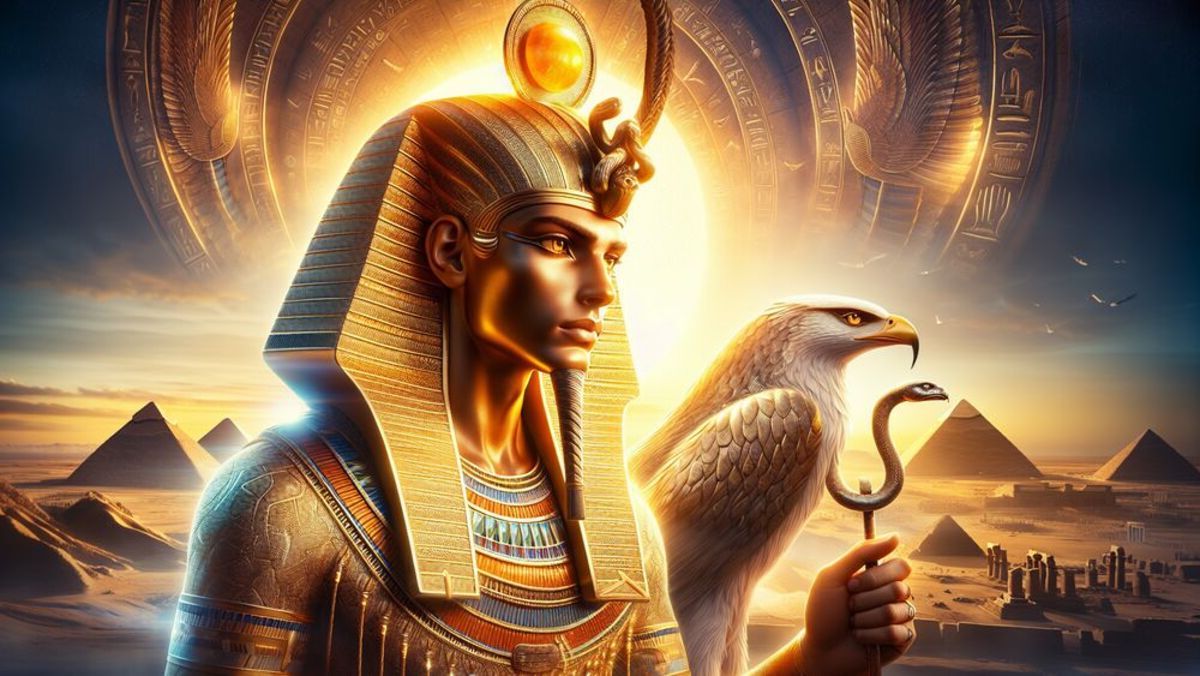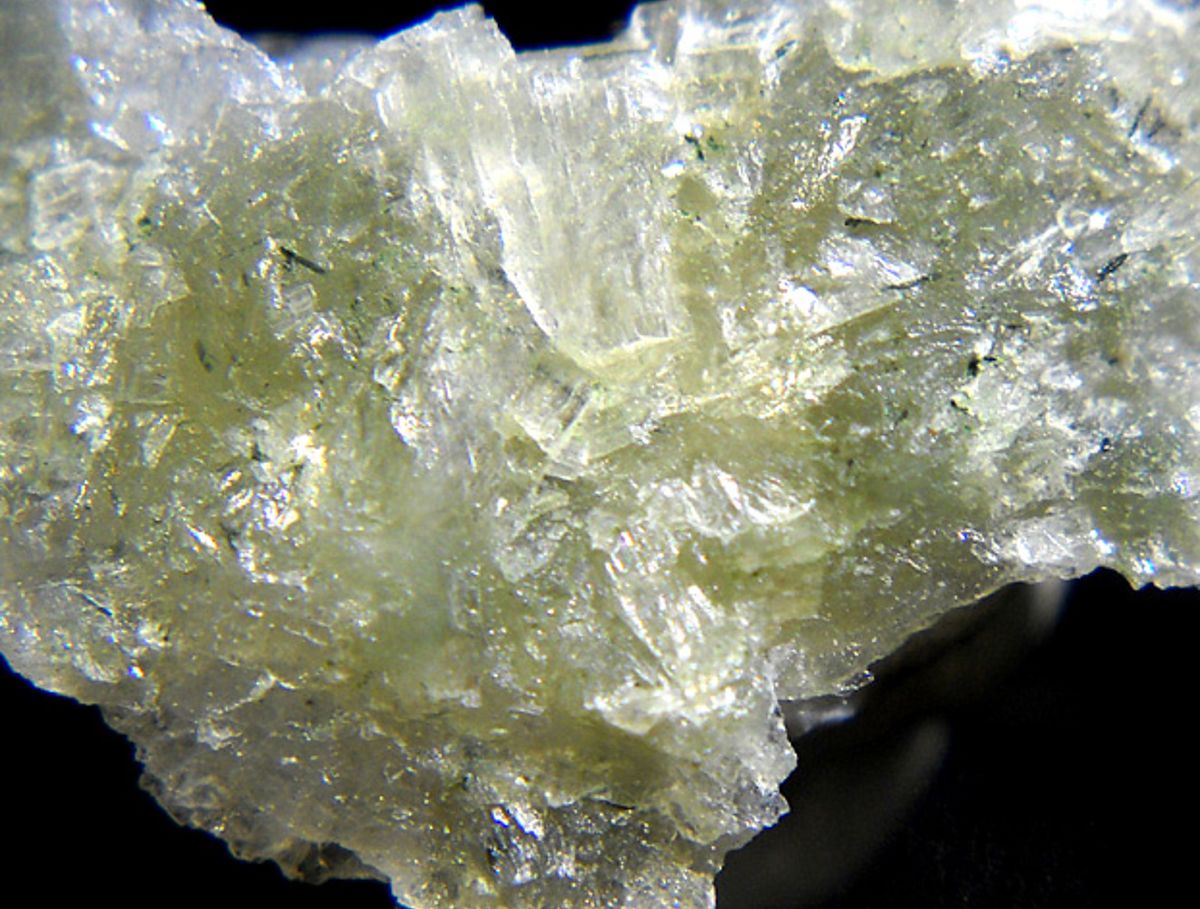
Ra the Sun God stands as one of the most significant deities in ancient Egyptian mythology. But who exactly was Ra, and why was he so important? Ra was believed to be the creator of everything, ruling over the sky, earth, and underworld. Ancient Egyptians worshipped him as the god who brought light and life to the world each day. His daily journey across the sky in his solar boat symbolized the cycle of life, death, and rebirth. Ra's influence extended beyond religion, impacting art, culture, and even the pharaohs, who were considered his earthly representatives. Dive into these 34 fascinating facts about Ra to understand his enduring legacy and why he remains a captivating figure in history.
Key Takeaways:
- Ra, the Sun God, was a powerful deity in ancient Egyptian mythology, known for creating life and guiding souls in the afterlife. His influence extended to art, literature, and even modern culture, leaving a lasting legacy.
- Ra's symbols, such as the sun disk and the scarab beetle, became iconic in Egyptian culture. He was also associated with the afterlife, guiding souls and playing a role in judgment. His influence continues to captivate people in modern media and art.
Ra: The Sun God
Ra, the ancient Egyptian deity, holds a significant place in mythology. Known as the sun god, Ra's influence extended beyond the skies. Let's explore some fascinating facts about Ra.
-
Ra's Symbolism: Ra is often depicted with a sun disk on his head, symbolizing his connection to the sun.
-
Creator of Life: Ancient Egyptians believed Ra created all forms of life by speaking their secret names.
-
Daily Journey: Ra was thought to travel across the sky in a solar boat during the day and journey through the underworld at night.
-
Ra's Companions: In his daily voyage, Ra was accompanied by other gods like Ma'at, the goddess of truth and justice.
-
Ra's Enemies: The serpent Apophis was Ra's primary enemy, representing chaos and darkness.
-
Ra's Forms: Ra could transform into different forms, such as a falcon-headed man or a scarab beetle.
Ra in Egyptian Mythology
Ra's presence in mythology is vast and varied. His stories intertwine with other gods and goddesses, creating a rich tapestry of tales.
-
Ra and Osiris: Ra was often linked with Osiris, the god of the afterlife, symbolizing the cycle of life and death.
-
Ra and Horus: Ra was sometimes merged with Horus, forming Ra-Horakhty, a god representing the rising sun.
-
Ra's Eye: The Eye of Ra was a powerful symbol of protection, capable of warding off evil.
-
Ra's Children: Ra fathered several gods, including Shu, the god of air, and Tefnut, the goddess of moisture.
-
Ra's Temples: Temples dedicated to Ra, like the one at Heliopolis, were centers of worship and learning.
-
Ra's Festivals: Festivals celebrating Ra included rituals, offerings, and prayers to honor the sun god.
Ra's Influence on Culture
Ra's impact extended beyond religion, influencing various aspects of ancient Egyptian culture and daily life.
-
Ra in Art: Ra was a popular subject in Egyptian art, often depicted in tombs and temples.
-
Ra in Literature: Ancient texts, like the Pyramid Texts, frequently mention Ra and his exploits.
-
Ra in Names: Many pharaohs incorporated Ra's name into their own, such as Ramses, meaning "Ra is born."
-
Ra's Legacy: Ra's influence persisted even after the decline of ancient Egyptian civilization, impacting later cultures and religions.
-
Ra's Symbols: Symbols associated with Ra, like the sun disk and the scarab beetle, became powerful icons in Egyptian culture.
-
Ra's Priests: Priests of Ra held significant power and influence, often serving as advisors to the pharaoh.
Ra's Role in the Afterlife
Ra's connection to the afterlife was profound, guiding souls through their journey in the underworld.
-
Ra's Underworld Journey: At night, Ra traveled through the underworld, battling Apophis to ensure the sun would rise again.
-
Ra and the Dead: Ra was believed to assist the dead in their journey to the afterlife, providing protection and guidance.
-
Ra's Judgment: In the Hall of Judgment, Ra played a role in weighing the hearts of the deceased against the feather of Ma'at.
-
Ra's Amulets: Amulets depicting Ra were placed in tombs to protect the deceased and ensure a safe passage to the afterlife.
-
Ra's Spells: Spells invoking Ra's power were inscribed on tomb walls and burial objects to aid the dead.
-
Ra's Afterlife Realm: The Field of Reeds, a paradise in the afterlife, was often associated with Ra's domain.
Ra's Modern Influence
Ra's legacy continues to captivate people today, influencing modern culture and media.
-
Ra in Movies: Ra has appeared in various films, such as "Stargate," where he is portrayed as an alien god.
-
Ra in Literature: Modern books, like Rick Riordan's "The Kane Chronicles," feature Ra as a central character.
-
Ra in Video Games: Video games like "Assassin's Creed Origins" include Ra as part of their storyline and mythology.
-
Ra in Music: Bands and musicians have referenced Ra in their songs, drawing inspiration from his mythos.
-
Ra in Art: Contemporary artists continue to depict Ra, blending ancient symbolism with modern styles.
-
Ra in Fashion: Fashion designers have incorporated Ra's imagery into their designs, celebrating his enduring legacy.
Fun Facts About Ra
Let's wrap up with some fun and lesser-known facts about Ra that highlight his unique characteristics.
-
Ra's Animals: Animals like the falcon, bull, and lion were sacred to Ra, symbolizing his power and majesty.
-
Ra's Colors: Gold and yellow were associated with Ra, representing the sun's brilliance and warmth.
-
Ra's Titles: Ra held many titles, including "Lord of the Sky" and "Creator of All."
-
Ra's Influence on Time: The ancient Egyptian calendar was based on Ra's daily journey, dividing the day into 12 hours of daylight and 12 hours of night.
The Legacy of Ra
Ra, the Sun God, stands as a cornerstone of ancient Egyptian mythology. His influence stretches beyond religion, touching art, politics, and daily life. Known for his journey across the sky, Ra symbolizes creation, life, and rebirth. His mythological battles with Apep, the serpent of chaos, highlight the eternal struggle between order and disorder.
Ra's legacy isn't confined to ancient texts. Modern culture still references him, from movies to literature. His story teaches us about the importance of balance, resilience, and the power of light over darkness. Whether you're a history buff or just curious, understanding Ra offers a glimpse into the rich tapestry of human belief and imagination.
So, next time you see the sun rise, remember Ra's journey and the ancient stories that continue to inspire us today. His legacy truly shines bright.
Frequently Asked Questions
Was this page helpful?
Our commitment to delivering trustworthy and engaging content is at the heart of what we do. Each fact on our site is contributed by real users like you, bringing a wealth of diverse insights and information. To ensure the highest standards of accuracy and reliability, our dedicated editors meticulously review each submission. This process guarantees that the facts we share are not only fascinating but also credible. Trust in our commitment to quality and authenticity as you explore and learn with us.


